Smile designing is a dental cosmetic procedure to enhance or correct patient’s smile. In addition, it involves reshaping the patient’s teeth and gums for esthetic natural smile. It includes consideration of teeth , shape, size, colour, contours of the gums and overall bite of the patient. Smile beautification enhances overall patient’s confidence.
Conventional Dental imaging techniques are becoming obsolete thanks to 3D scanning. 3D dental imaging is slowly becoming the new standard of care in dental practice. 3d scanning allows dentist to digitally reconstruct your teeth and skull in 3D. For instance, this new technology facilitates to more effectively diagnose an issue or provide a effective means of treatment.

Usage of Digital Smile Design for natural teeth:
- Firstly, most commonly utilize for cosmetic and restorations purpose such as reconstructive therapy or oral surgery.
- Secondly, 3D imaging allows for planning and customizing services for procedures such as bone grafts, implants and root canal.
- Thirdly, 3D images are also often used to create images for orthodontic treatment.
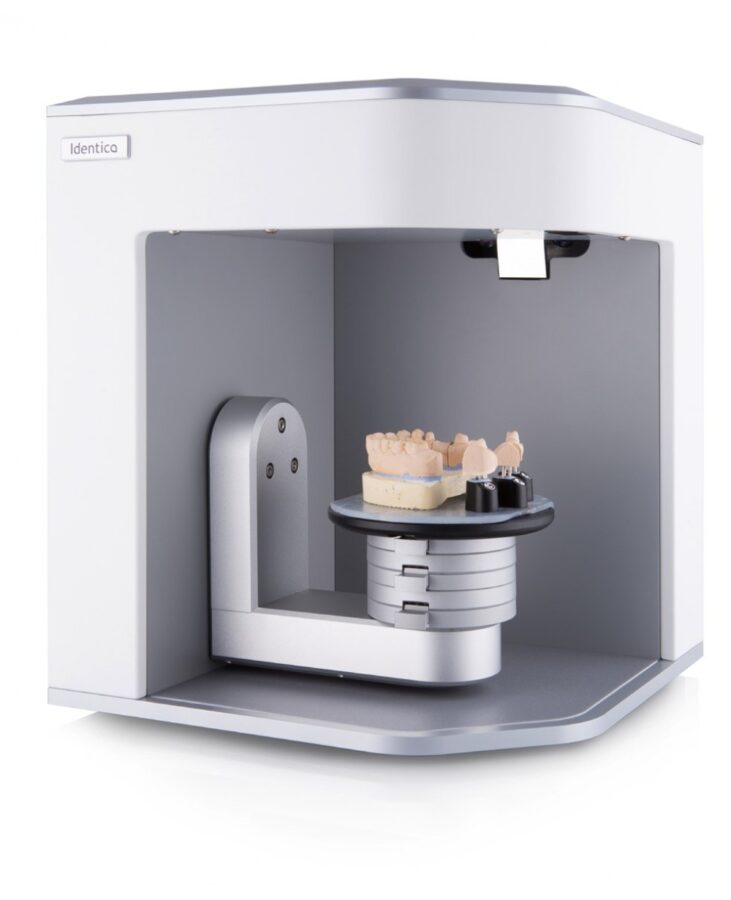
What are Dental Intra-Oral Scanners?
An intra-oral scanner is a device that is used to capture a direct optical impression of a patient’s oral cavity. In addition, the scanner projects a light source onto the area which is to being scanned. This highlighted by imaging sensors and processed by a scanning software which then produces a 3D surface model.
Extra-oral Scanner Medit Identica T500 at Royal Dental
Dental cast is a copy of patient’s teeth and mouth structures for diagnostic purposes. It is deployed a model for further casting of dental prosthetics such as bridges, crowns, implants, dentures, and partial dentures. Royal Implant Mumbai uses Medit coloured-scanner for a powerful scan of this cast and patient’s bite. Its evolutionary design and high- tech features helps doctors to get precise scanning at Royal Dental Laboratory. It has unsurpassed speed, accuracy and reliability such that our treatment planning can processed precisely.
Royal Dental Clinics involves itself in research and developmental work, which enables them to come up with innovative dentistry solutions. In addition, with the high-speed camera and projector, we can scan a full arch in just few seconds and this helps us to plan our treatment and results on same day.
How do they work for Digital Smile Design?
This is a skill sensitive device widely used in the clinical practice where the dentist capture a digital impression of the area in oral cavity which is prepared. The scanner inserted in the mouth and moved over the surface area of the tooth or teeth. A chair side display monitor shows the scanned image for the dentist’s guidance and which also helps in patient education. This process of capturing digital impression hardly takes 2-3mins.
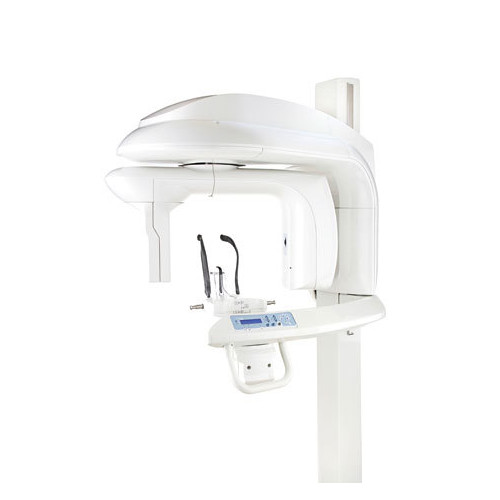
3D Imaging for Bone structure and planning
CS 9300 was introduced at Royal Implant in 2018 and has been ideal for dental and maxillofacial cases due to its highest FOV value. The airway analysis and CBCT scan helps to get the 3D printing file for fabrication. It features dual modality panoramic and 3D imaging with exceptional detail and range, which helps perfect all-in-one solution for our practice. Its all-in-one system in addition to 2D and 3D diagnostic imaging gives precise digital 3D models for applications, including cosmetic surgeries, periodontics, endodontics and implant planning.
Along with its exceptional 3D imaging capabilities, the CS 9300 also features 2D digital panoramic imaging with variable focal trough technology and can even be upgraded to include one-shot cephalometric imaging. This combination is helpful in planning most of the complicated surgeries related to head and neck. This scanning procedure helps to understand the concerns of patients within few seconds while they are on the dental chair. We can even deliver results on the same day as desired by the patient.
3D Printing of Facial Anatomy; Formlabs Form 2
Additive manufacturing or 3D printing at Royal Dental Laboratory allows to produce dental crowns very quickly. This process can be done by the person scanning and planning itself. It makes possible to get a scan of the patient’s teeth, model it and to directly print the dental crown. Royal Dental Clinics plans patient cases and then prints the design via Formlabs Form2. Dental 3D printing is a key at Royal Laboratory for modern dentistry solutions, as it really helps for customisation and accurate planning. Additive manufacturing also has an important role in dental implant surgery including zygomatic implant surgeries.
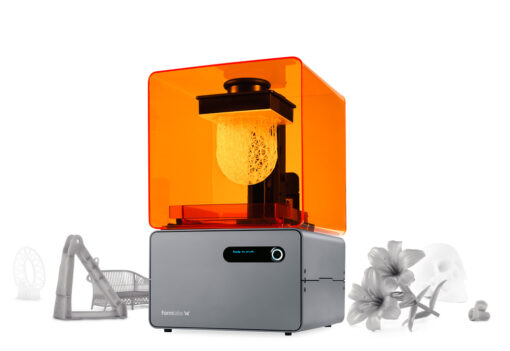
For instance, it is actually possible to create a 3D model to replace a missing tooth with more accuracy than with traditional methods. In addition, we can even produce crowns very quickly by scanning the patient’s teeth, modelling it and printing the crown. Royal Dental Laboratory has been one of the early adopters of 3D printing technology a Dental Clinic in Mumbai.
Computer Aided Design for Dental Crown; Exocad
The start of every engineering process begins in the world of CAD. Royal Dental Laboratory offers Exocad; an integrated software solution that guarantees the seamless functionality of the digital workflow. From virtual, prosthetic-oriented implant planning with exoplan to designing surgical guides with the Guide Creator. In addition, the software supports the design of dental restorations that can be produced at chair-side: inlays, onlays, crowns, veneers, bridges, and pontics.
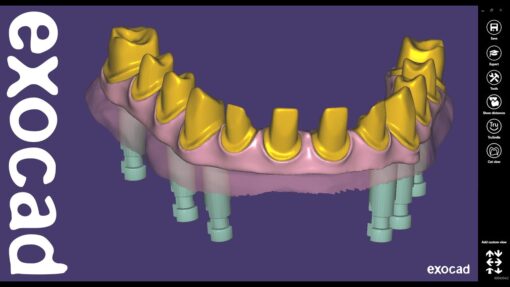
Royal Laboratory has extended capabilities in Excoad, to do digital smile designing, creation of implant prosthesis, creation of provisional without crown cutting, creation of surgical splints, creation of surgical guides etc.
Computer Aided Manufacturing for Dental Crowns
CAD-CAM dentistry is a field of dentistry and prosthodontics using CAD-CAM (Computer-Aided-Design and Computer-Aided-Manufacturing) to improve the design and creation of dental restorations, especially dental prostheses, including crowns, crown lays, veneers, inlays and onlays, fixed dental prostheses bridges, dental implant supported restorations, dentures (removable or fixed), and orthodontic appliances. Similarly, CAD-CAM technology allows the delivery of a well-fitting, aesthetic, and durable prostheses for the patient.
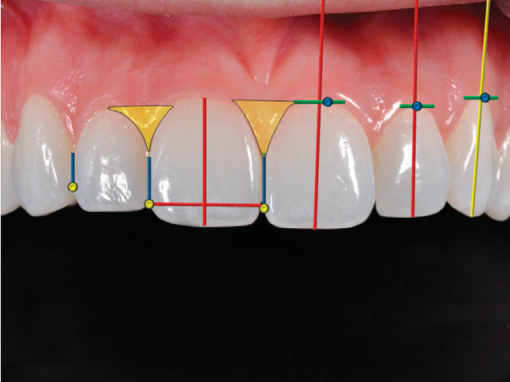
CAM is an application technology that uses computer software and machinery to facilitate and automate manufacturing processes. For instance, it uses computer-driven manufacturing processes for enhanced and streamlined manufacturing, efficient design and superior machinery automation.
Without CAM, there is no CAD. CAD focuses on the design of a product or part. How it looks, how it functions. CAM focuses on how to make it. The smile will surely look natural.
Prosthesis & Bridge; CORiTEC 350i – Imesicore
The CORiTEC 350i processing system from Germany is an innovative machine concept, developed to meet our requirements of modern CAD/CAM processing. The processing of all relevant prosthesis materials of Composite Resin (SAPT.resin, SAPT.CemResin, SAPT.3Dresin), PMMA (SAPT.multiCOM), Porcelain/Zirconia, High- impact polymer (SAPT.HIPC) and SAPT.BioPEEK is possible with a single machine system, virtually without restrictions.
In addition, its 5-axes simultaneous wet/dry processing for exceptional speed and precision is commendable. 350i’s process capability for all dental materials including metals for greatest versatility. Along with the 5-axis CORiTEC 350i – imes – icore, we also have a number of 4-axis imported machines for CAM.
Using modern laboratory methods, your dentist would prepare your tooth, make an impression, and create the fin al restoration in a single visit.
Follow Us For More Updates
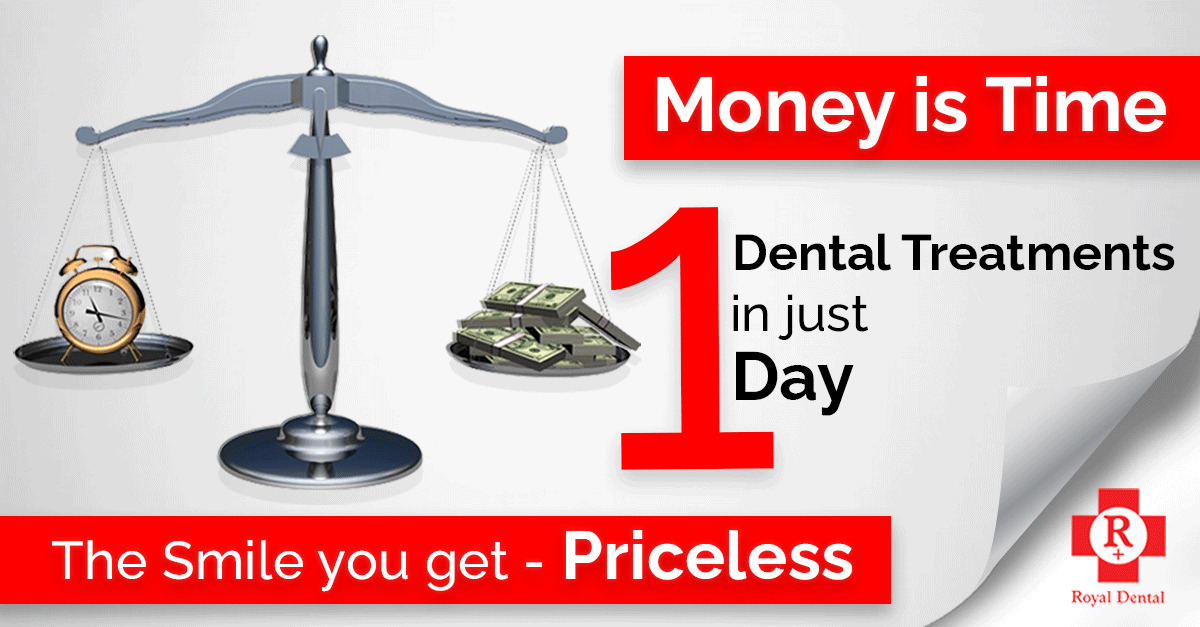

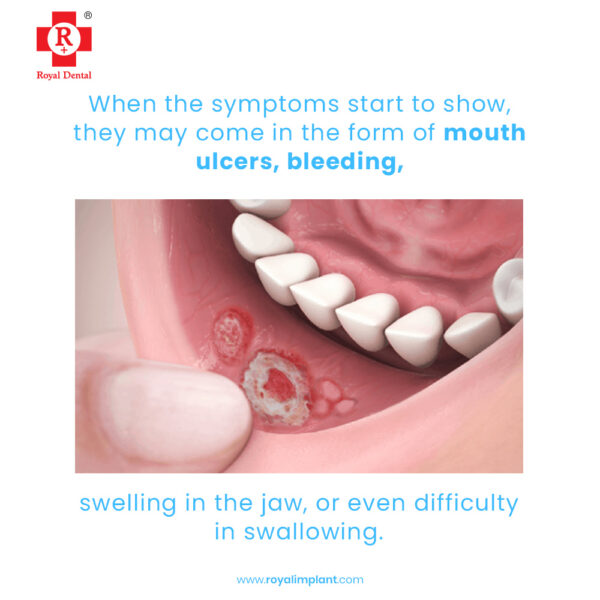
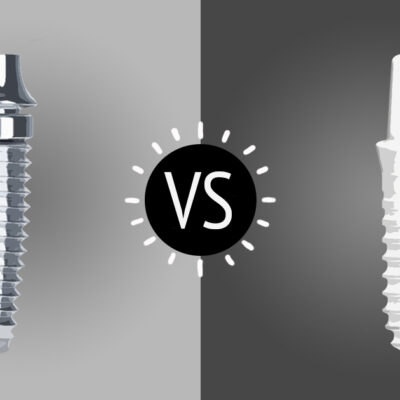
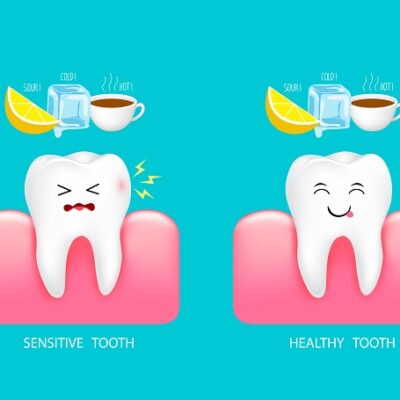
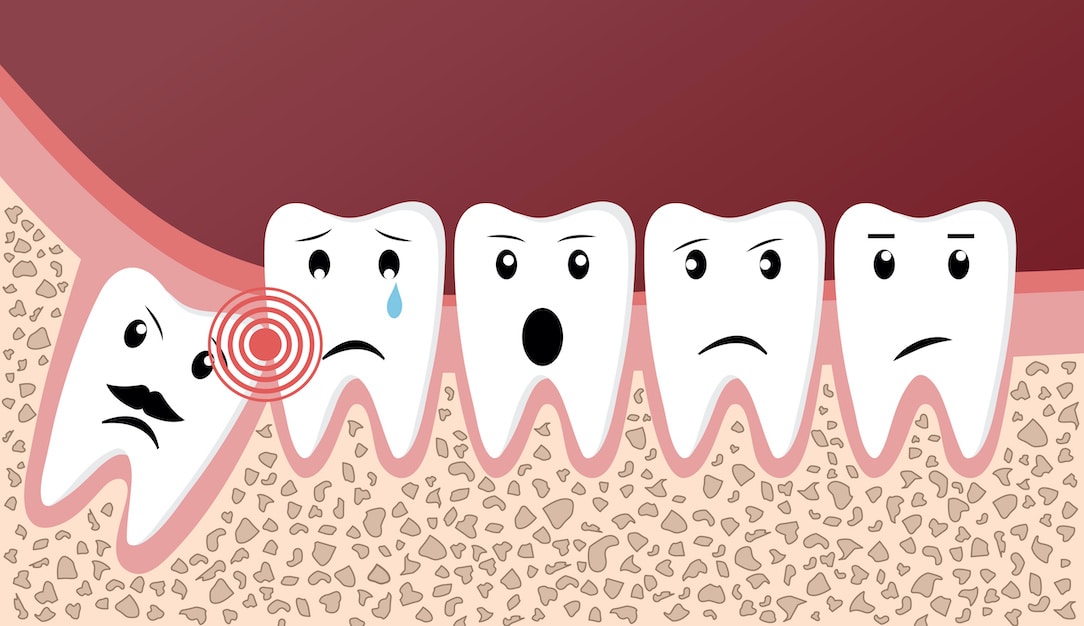
Conventional Dental imaging techniques are becoming obsolete thanks to 3D scanning.